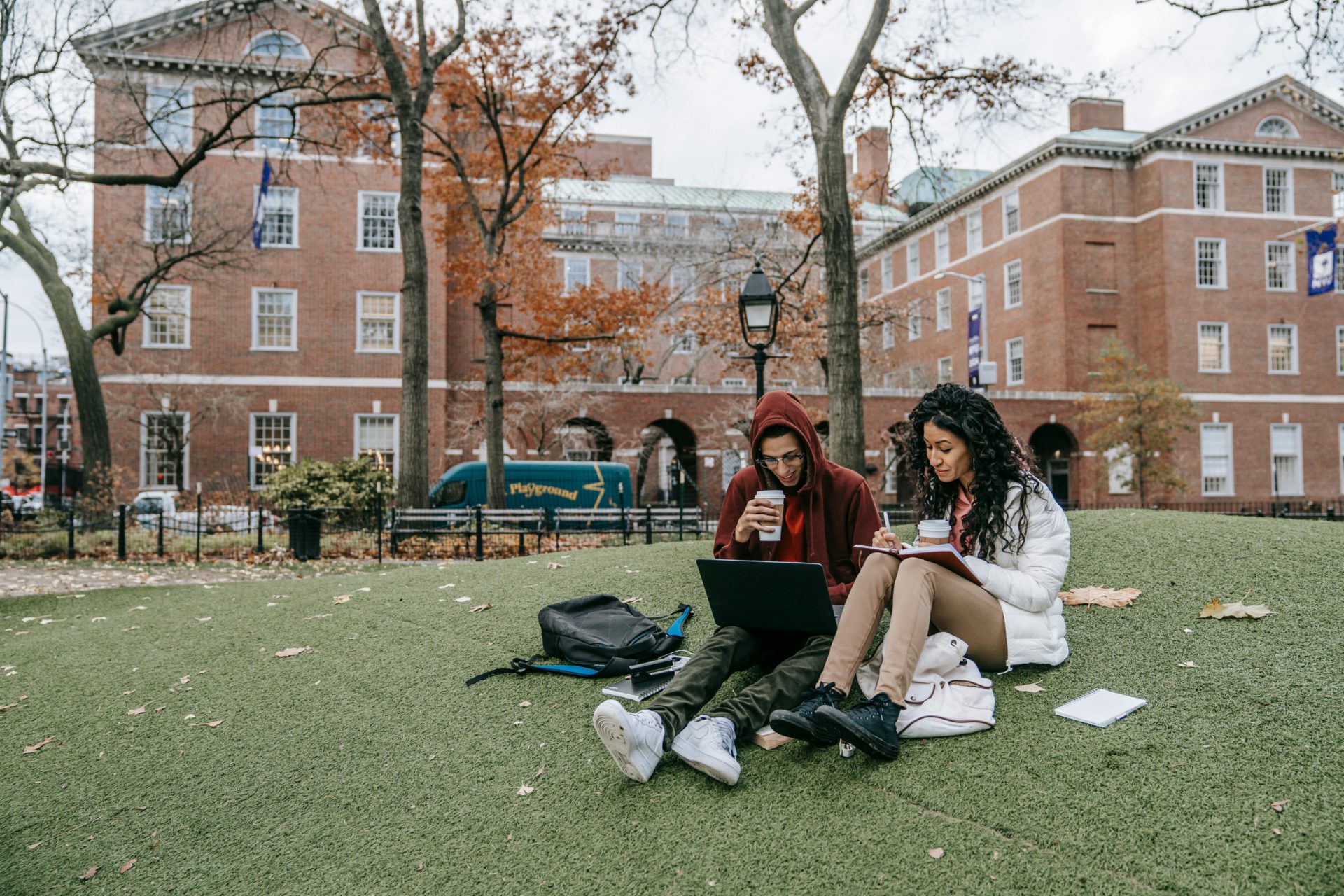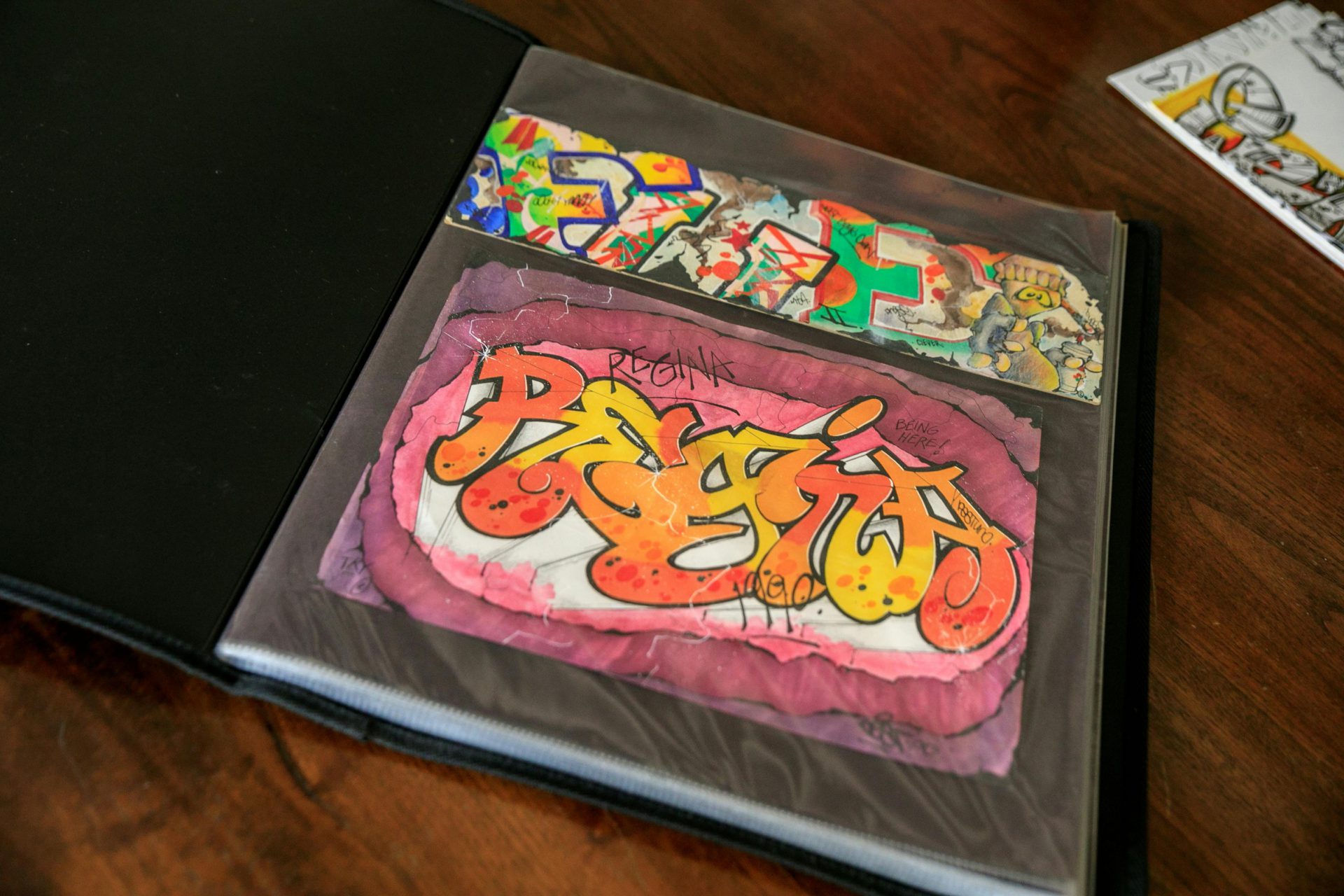
Advice for the Young Artist: Five Survival Strategies for Applying to Art School
Posted May 14, 2015, 1:30 pm by
I started drawing as soon as I could hold a crayon: first, cartoons from TV and newspaper comics, and later, the music icons from Rolling Stone covers. I always wanted to pursue art, but I was concerned about creating a stable future for myself. As the first of my family to attend a four-year college, I felt I had to pursue a career that would be sensible and lucrative.
What I discovered surprised everyone: artists develop skills in critical thinking, creative problem solving, and visual communication that apply to countless “real-world” opportunities. Going to art school is not just a passion-pursuit; it’s a smart career move.
Here are five survival strategies to help you get through your art school applications:
- Debunk art school clichés. Building a case for an art school education can be intimidating. Look for resources that will help you understand your decision and talk it over with your family. Start with Lorena Chavez's op-ed in defense of artistic careers, and then move on to BestCollege's article, "The Value of an Art Degree." Even Harvard Business School believes that creativity is the most important skill in the contemporary workplace.
- Do the research. Find out about a range of art schools and then narrow your list to a top ten and a top five. Gather as much information as possible by contacting the admissions teams at those schools, subscribing to mailing lists, and scheduling time to attend an open house or tour the campuses.
- Develop your portfolio. Take as many art and art history classes as you can. Explore options for summer study that will let you test-drive the college art experience.
- Focus on ideas. Art isn’t just about pretty drawings; it’s about communicating your ideas. Look for an art school that will push you both technically and conceptually. Developing critical thinking skills will help you in whatever career you choose.
- Research contemporary artists. Place yourself in a context of artists across time to better understand your interests and how to speak about them as you prepare a portfolio. Look at sites such as Contemporary Art Daily to help you get acquainted with the contemporary art world.
Going to art school is a big step, but if your experience is anything like mine, you will find that your investment pays off. At art school, I found validation from faculty and visiting artists, and I discovered an astounding peer community. I won awards and scholarships and received exhibitions, but I also learned how my failures transformed me and helped me grow. I found a community that supported and challenged me, and I created a life in the arts that engages my creativity and ideas, daily.
My final advice to you: Go for it.
Blog Categories
- Career Advice
- College Admissions
- Colleges & Universities
- Financial Aid and Scholarships
- For Counselors
- For Parents
- For Students
- Gap Years
- Mental Health and Wellness
- Online Learning
- Performing and Visual Arts
- STEM Majors and More
- Summer Programs
- Teen Volunteering
- Trade & Vocational Schools
- Tutoring & Test Prep

Organization with listings on TeenLife? Login here
Register for Free
We’re here to help you find your best-fit teen-centered academic and enrichment opportunities.
Forgot Password
"*" indicates required fields








